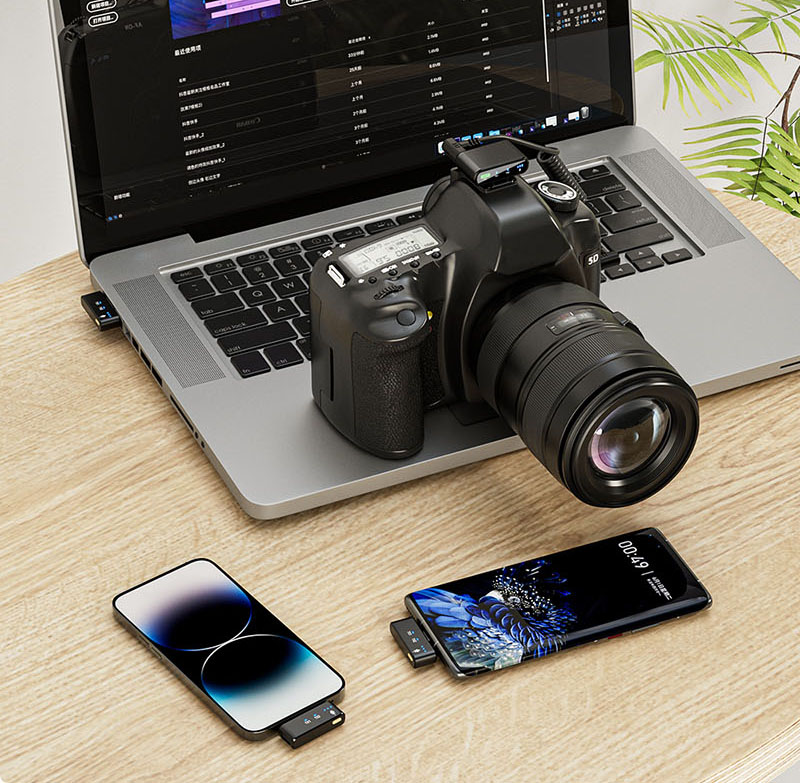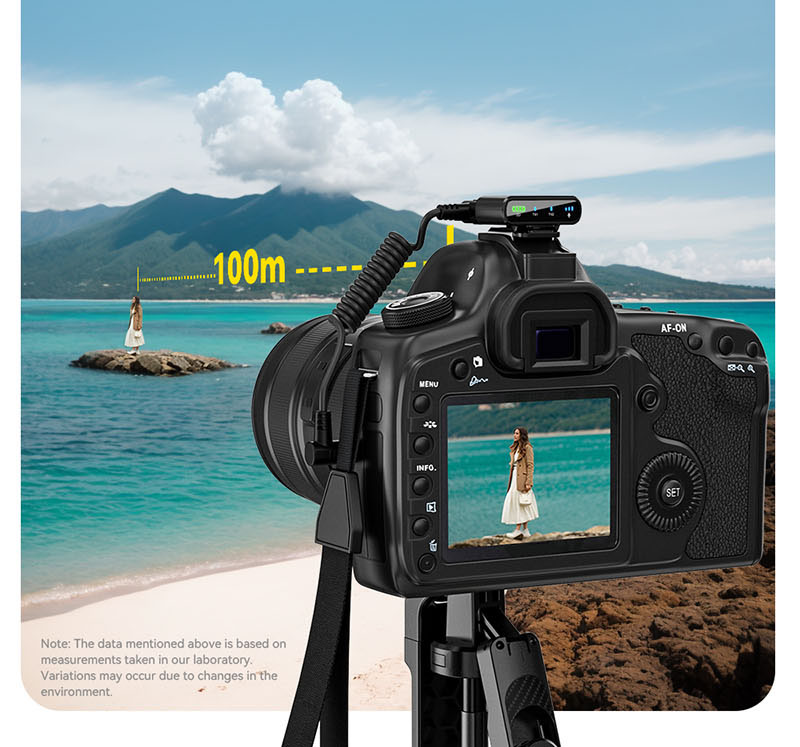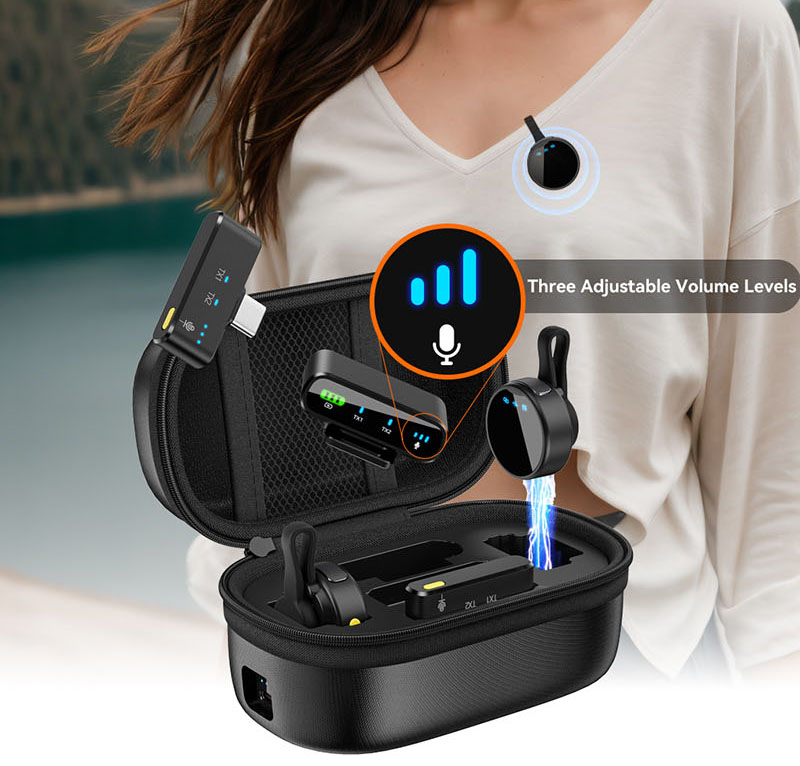What Is UHF Wireless Microphone
What Is UHF Wireless Microphone
What Is UHF Wireless Microphone

A UHF wireless microphone is a type of wireless microphone system that operates in the Ultra High Frequency (UHF) range, typically between 300 MHz and 3 GHz. UHF systems are widely used in professional audio applications because they offer several advantages over other frequency ranges, such as VHF (Very High Frequency) or 2.4 GHz systems.
Key Features of UHF Wireless Microphones
- Wide Frequency Range:
- UHF systems operate in a broad frequency spectrum, allowing for more channels and less interference.
- Common UHF ranges for wireless microphones are 470-698 MHz (varies by country and region).
- Superior Signal Penetration:
- UHF signals can penetrate walls and obstacles better than VHF or 2.4 GHz systems, making them ideal for larger venues or environments with physical barriers.
- Less Interference:
- UHF systems are less prone to interference from Wi-Fi, Bluetooth, and other wireless devices compared to 2.4 GHz systems.
- Longer Range:
- UHF systems typically offer a longer operating range (up to 300 feet or more) compared to VHF or 2.4 GHz systems.
- Multiple Channels:
- UHF systems often support multiple channels, allowing several microphones to be used simultaneously without interference.
- Professional-Grade Audio Quality:
- UHF systems are known for delivering high-quality audio with minimal latency, making them ideal for live performances, broadcasting, and recording.
Advantages of UHF Wireless Microphones
- Reliability: UHF systems are highly reliable, even in environments with heavy RF (radio frequency) interference.
- Scalability: They can support multiple microphones and systems in the same location, making them ideal for large events.
- Flexibility: UHF systems are suitable for a wide range of applications, from live performances to corporate events and broadcasting.
Disadvantages of UHF Wireless Microphones
- Cost: UHF systems are generally more expensive than VHF or 2.4 GHz systems.
- Frequency Regulations: UHF frequencies are regulated by governments, and availability varies by region. Some UHF frequencies are being repurposed for other uses (e.g., 5G networks), which can limit available frequencies.
- Complexity: UHF systems may require more setup and frequency coordination compared to simpler systems like 2.4 GHz.
Common Uses of UHF Wireless Microphones
- Live Performances: Concerts, theater, and worship services.
- Broadcasting: TV, radio, and film production.
- Corporate Events: Conferences, presentations, and seminars.
- Public Speaking: Lectures, political events, and public addresses.
Popular UHF Wireless Microphone Systems
- Shure ULX-D:
- A high-end digital UHF system with exceptional audio quality and advanced features like encryption and Dante networking.
- Sennheiser EW 300 G4:
- A professional UHF system known for its reliability and sound quality, ideal for live performances.
- Audio-Technica 3000 Series:
- A budget-friendly UHF system with good sound quality and ease of use.
- Shure QLX-D:
- A mid-range UHF system offering excellent performance and scalability for medium to large events.
- Sennheiser EW 100 G4:
- A more affordable UHF system from Sennheiser, suitable for smaller events and venues.
UHF vs. VHF vs. 2.4 GHz Wireless Microphones
| Feature | UHF | VHF | 2.4 GHz |
|---|---|---|---|
| Frequency Range | 300 MHz – 3 GHz | 30 MHz – 300 MHz | 2.4 GHz (Wi-Fi/Bluetooth) |
| Range | Long (up to 300+ feet) | Medium (up to 200 feet) | Short (up to 100 feet) |
| Interference | Low (less prone to Wi-Fi) | Moderate | High (prone to Wi-Fi) |
| Penetration | Excellent | Good | Poor |
| Cost | High | Low to Medium | Medium |
| Best For | Professional use, large venues | Budget use, small venues | Portable, simple setups |
Conclusion
UHF wireless microphones are the gold standard for professional audio applications due to their reliability, sound quality, and ability to handle complex environments. While they are more expensive than VHF or 2.4 GHz systems, their performance and versatility make them a top choice for live performances, broadcasting, and large events.
If you’re considering a UHF system, ensure you check local frequency regulations and choose a system that fits your specific needs and budget. Let me know if you need help selecting the right UHF microphone system!




